Why We Need a Fairer and More Equitable Approach to K-12 Grading to Boost College Completion
Diverse: Issues in Higher Education
OCTOBER 29, 2024
The discrepancy between grades and actual preparedness can result in a mismatch in college placement, preventing students from enrolling in courses that accurately reflect their knowledge. They can create a more nuanced and equitable approach to grading that truly reflects student learning and prepares them for success after high school.


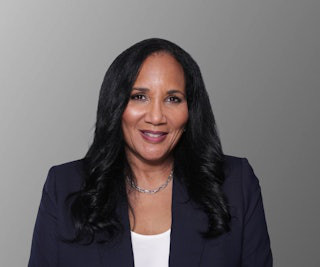





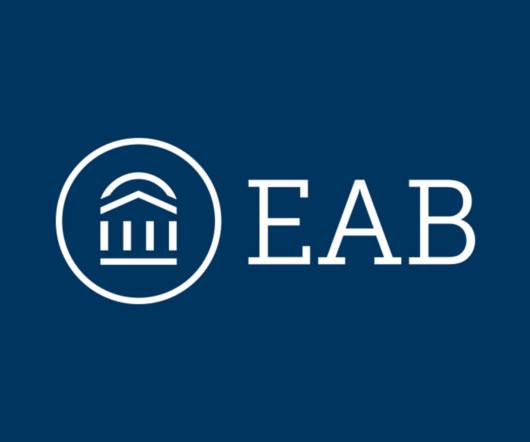



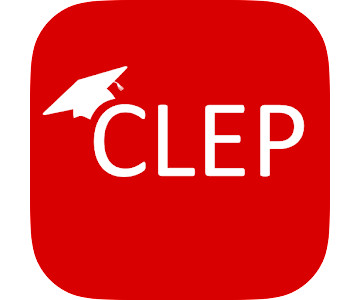

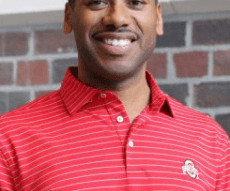

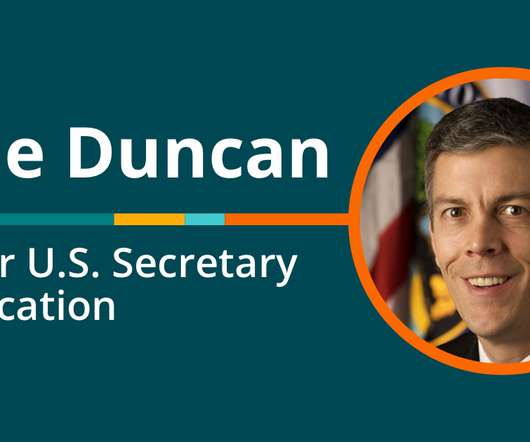








Let's personalize your content